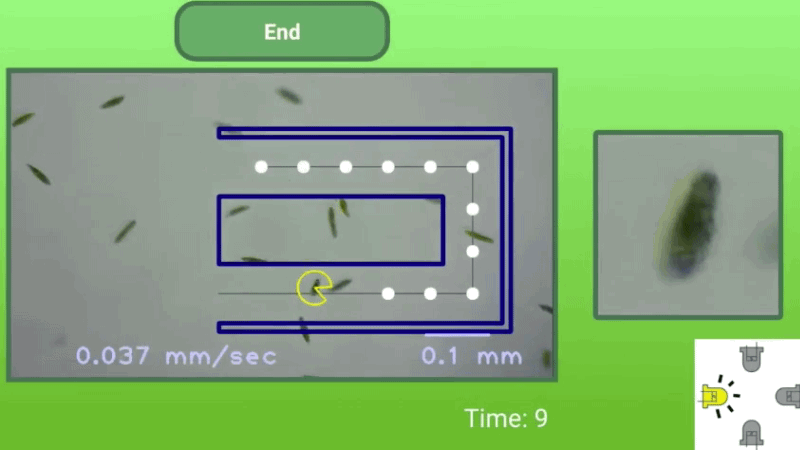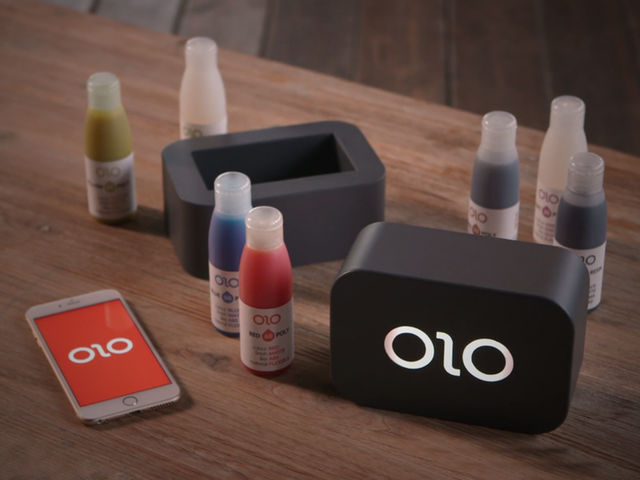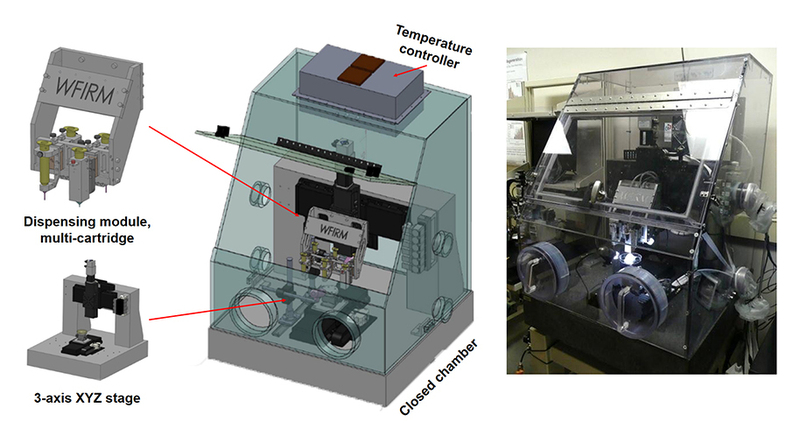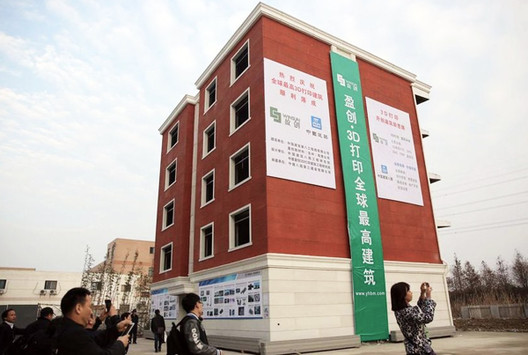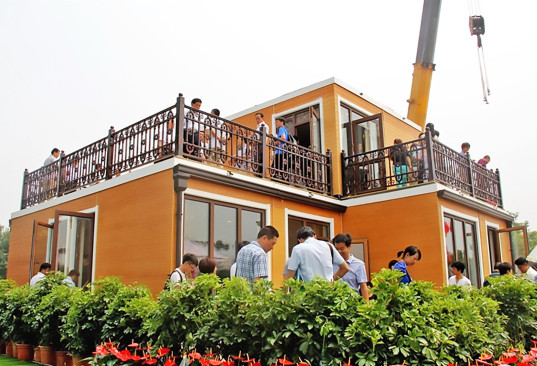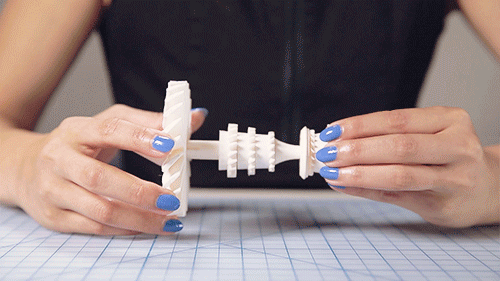Apis Cor are the first company to develop a mobile construction 3D printer which is capable of printing whole buildings completely on site.Also we are people. Engineers, managers, builders and inventors sharing one common idea – to change the construction industry so that millions of people will have an opportunity to improve their living conditions.On the six continents of Earth there are families which cannot afford to buy or build a house. A good accommodation is costly. And waiting for it to get construction takes more than a single month.So it used to be. Today – it’s different.Today we have a 3D printing technology, new building materials and a mobile 3D printer to build affordable, eco-friendly houses within a single day, capable of lasting up to 175 years
Source: Who we are | Apis Cor. We print buildings

